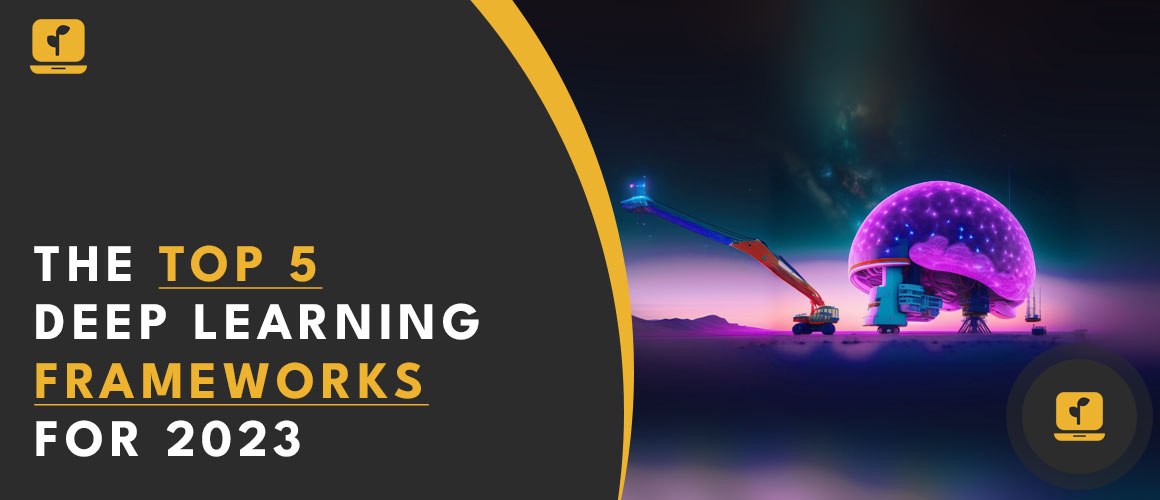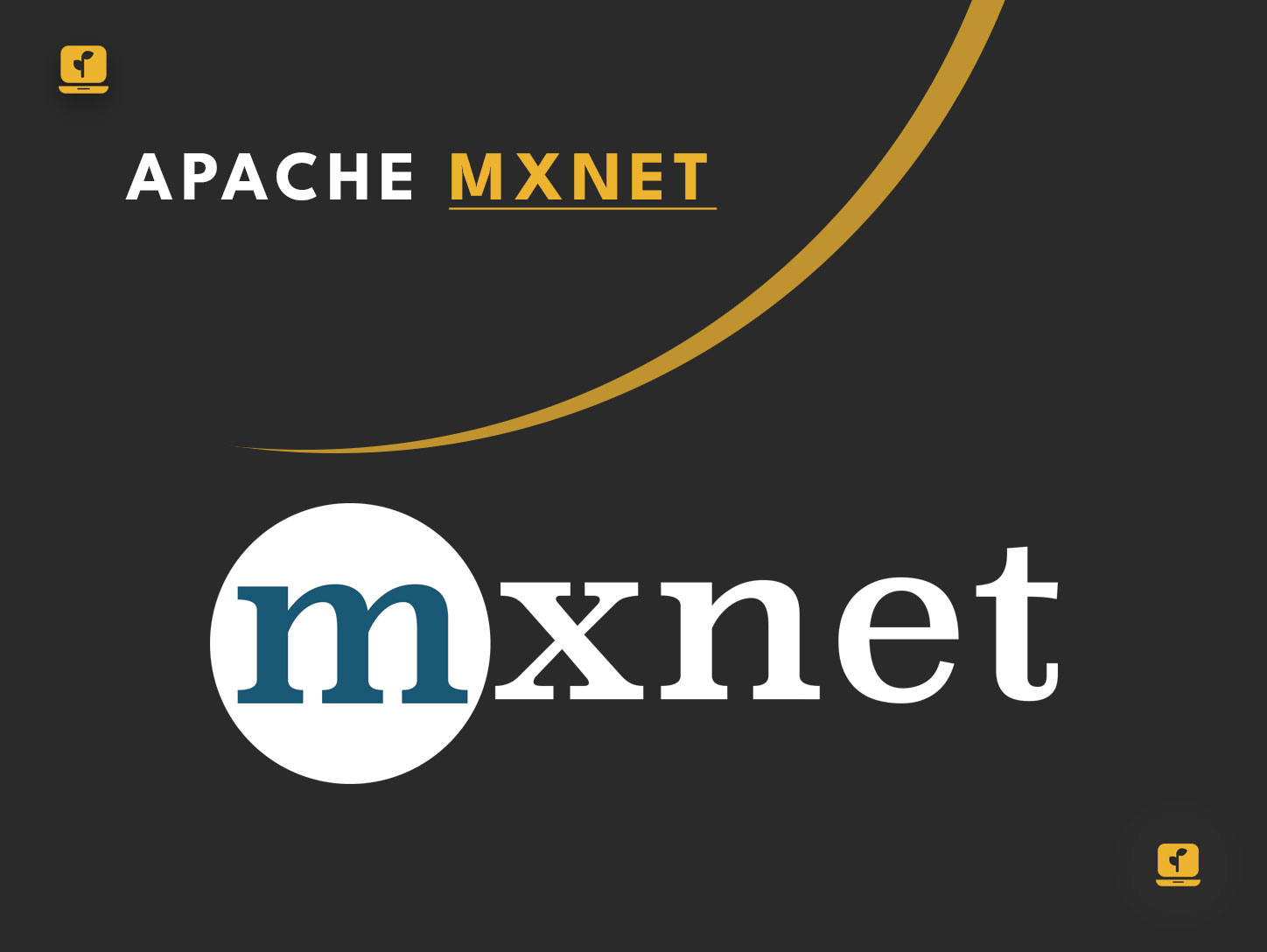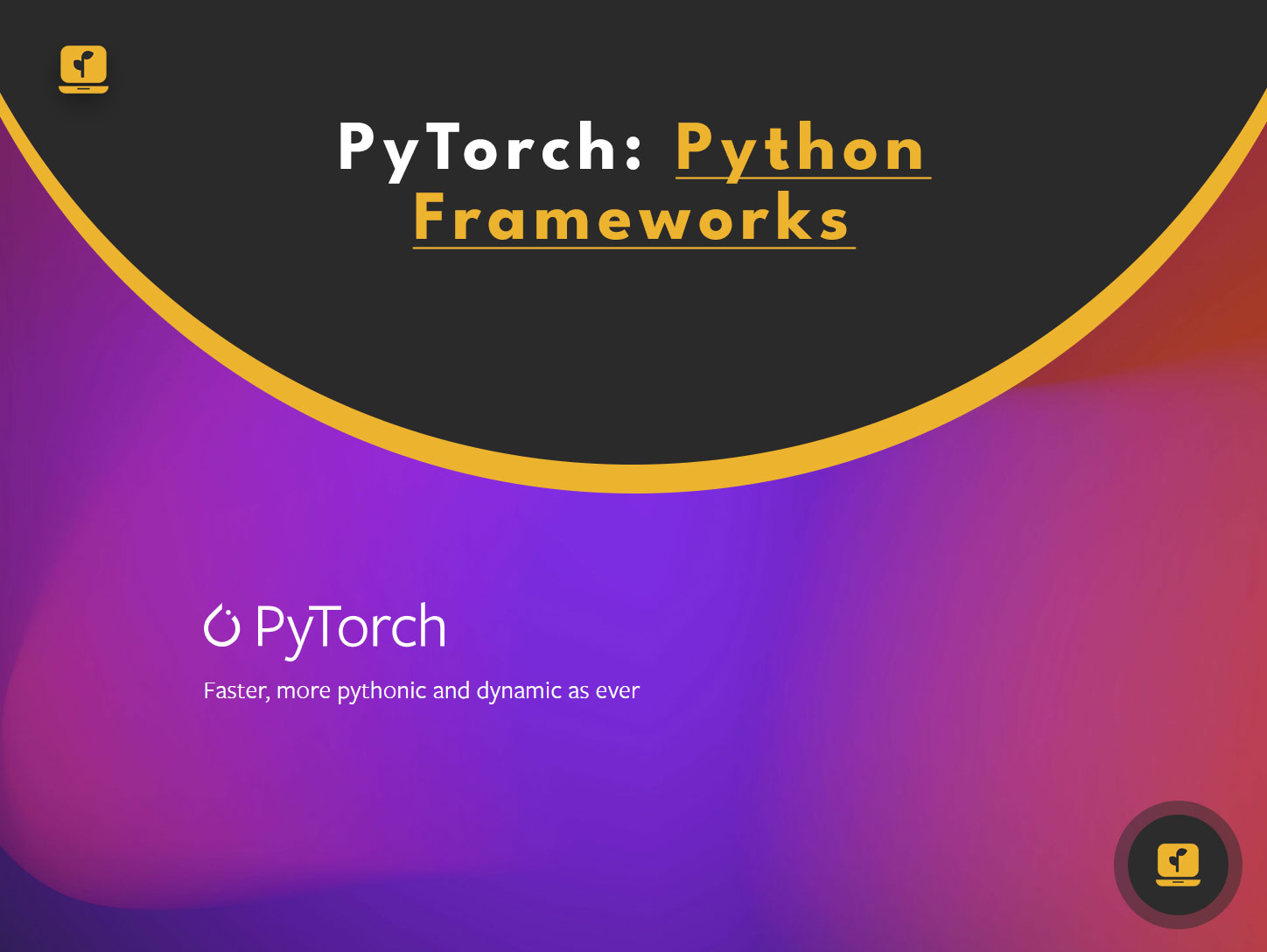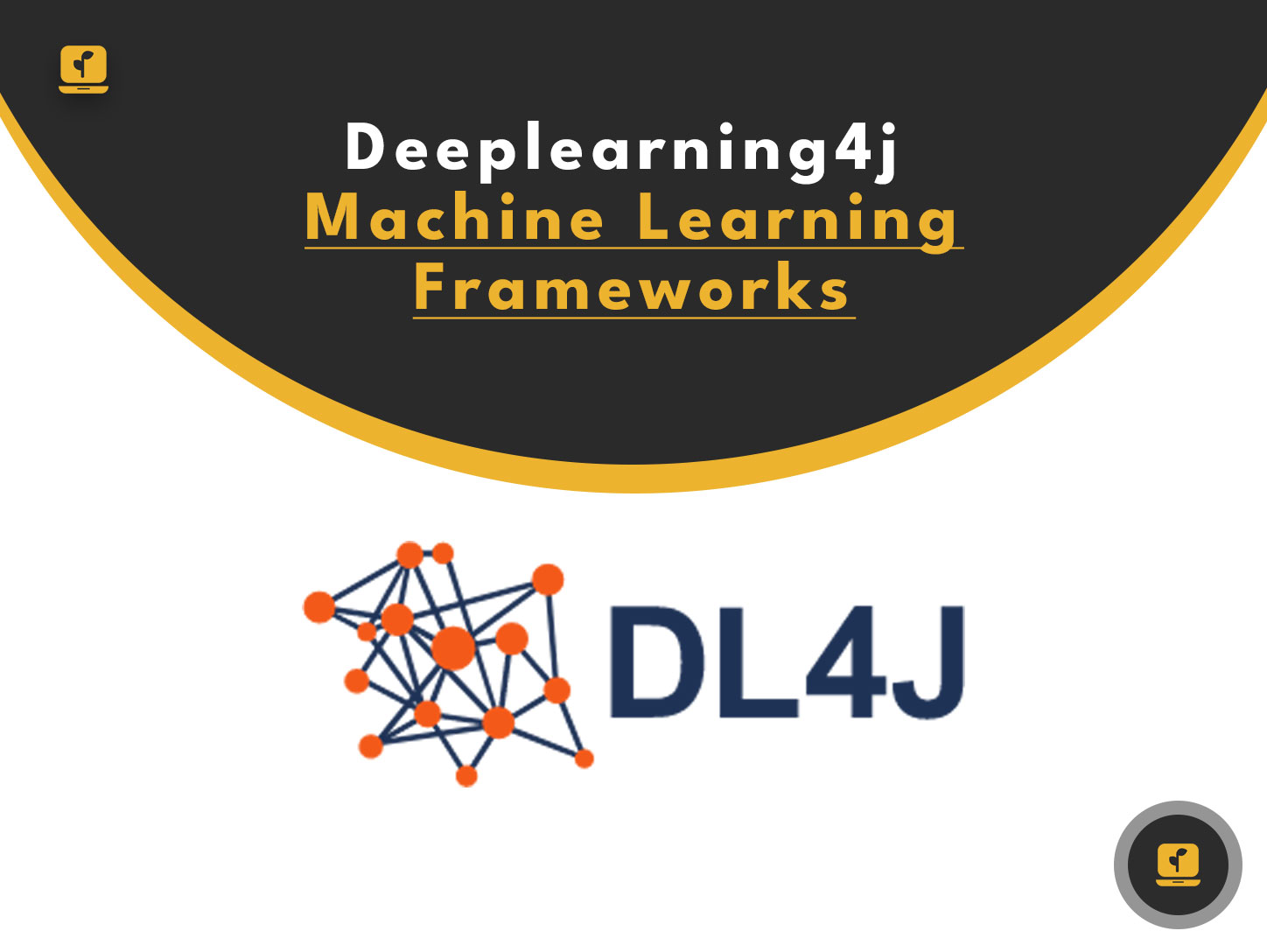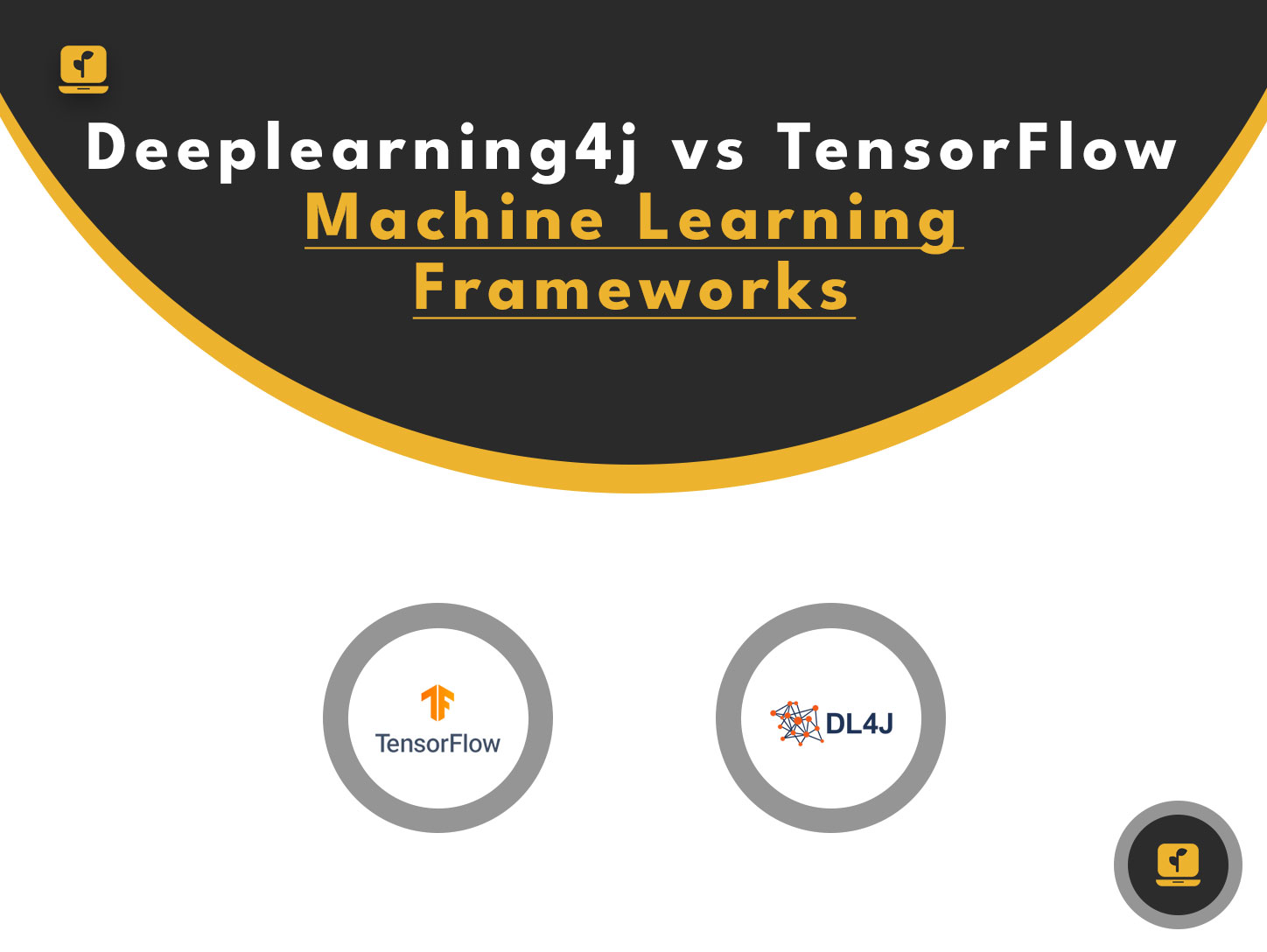As Artificial Intelligence and Machine Learning are on the rise, Deep Learning has gained immense popularity in recent years. Deep Learning is a subset of Machine Learning that uses Artificial Neural Networks to learn and make predictions. With the increasing demand for Deep Learning, Machine Learning Frameworks have emerged as a critical tool for developers and data scientists.
Table of Contents
Machine Learning Frameworks provide a set of tools, libraries, and APIs that help developers and data scientists build, train, and deploy Machine Learning models efficiently. These frameworks simplify the process of developing and implementing Machine Learning models, making it easier for developers and researchers to experiment and innovate in this field.
Benefits of using Machine Learning Frameworks
Machine Learning Frameworks offer several benefits, including:
- Ease of Use: Machine Learning Frameworks simplify the process of developing and implementing Machine Learning models, making it easier for developers and researchers to experiment and innovate in this field.
- Flexibility: Machine Learning Frameworks are flexible and can be used to develop models for a wide range of applications, including image and speech recognition, natural language processing, and autonomous driving.
- Scalability: Machine Learning Frameworks are designed to handle large datasets and can be scaled to handle complex models.
- Performance: Machine Learning Frameworks are optimized for performance, allowing developers to build and train models quickly and efficiently.
Top 5 Machine Learning Frameworks for 2023
In this section, we will discuss the top 5 Machine Learning Frameworks for 2023. These frameworks are selected based on their popularity, ease of use, flexibility, scalability, and performance.
MXNet
MXNet is an open-source Machine Learning Framework developed by Apache. It is designed to support both deep learning and traditional machine learning models. MXNet is known for its scalability and can be used to train models across multiple GPUs and CPUs. MXNet also supports a wide range of programming languages, including Python, R, Julia, and Javascript.
MXNet is also known for its flexibility and can be used to develop models for various applications, including computer vision, natural language processing, and speech recognition. MXNet comes with a wide range of pre-trained models, making it easier for developers to experiment with different models.
TensorFlow
TensorFlow is an open-source Machine Learning Framework developed by Google. It is designed to support both deep learning and traditional machine learning models. TensorFlow is known for its scalability and can be used to train models across multiple GPUs and CPUs. TensorFlow also supports a wide range of programming languages, including Python, C++, and Java.
TensorFlow is also known for its flexibility and can be used to develop models for various applications, including computer vision, natural language processing, and speech recognition. TensorFlow comes with a wide range of pre-trained models, making it easier for developers to experiment with different models.
PyTorch
PyTorch is an open-source Machine Learning Framework developed by Facebook. It is designed to support both deep learning and traditional machine learning models. PyTorch is known for its flexibility and ease of use, making it a popular choice among developers and researchers. PyTorch supports a wide range of programming languages, including Python, C++, and Java.
PyTorch is also known for its dynamic computational graph, which allows developers to modify the model as it is being trained. This feature makes PyTorch ideal for developing complex models that require flexibility and adaptability.
OpenCL
OpenCL is an open-source Machine Learning Framework that supports both CPU and GPU acceleration. It is designed to support both deep learning and traditional machine learning models. OpenCL is known for its flexibility and can be used to develop models for various applications, including computer vision, natural language processing, and speech recognition.
OpenCL supports a wide range of programming languages, including C, C++, and Python. It also supports a wide range of hardware platforms, making it a popular choice among developers and researchers.
Deeplearning4j
Deeplearning4j is an open-source Machine Learning Framework developed by Skymind. It is designed to support both deep learning and traditional machine learning models. Deeplearning4j is known for its scalability and can be used to train models across multiple GPUs and CPUs. Deeplearning4j also supports a wide range of programming languages, including Java, Scala, and Clojure.
Deeplearning4j is also known for its ease of use and comes with a wide range of pre-trained models, making it easier for developers to experiment with different models.
Comparison of Popular Machine Learning Frameworks
In this section, we will compare popular Machine Learning Frameworks, including MXNet vs. TensorFlow, PyTorch vs. OpenCL, and Deeplearning4j vs. TensorFlow.
MXNet vs. TensorFlow
MXNet and TensorFlow are both popular Machine Learning Frameworks that are widely used by developers and researchers. MXNet is known for its scalability and flexibility, while TensorFlow is known for its ease of use and performance.
MXNet supports a wide range of programming languages, including Python, R, Julia, and Javascript, while TensorFlow supports Python, C++, and Java. MXNet also supports multiple GPUs and CPUs, making it ideal for large-scale training, while TensorFlow is optimized for performance and can be used for real-time applications.
PyTorch vs. OpenCL
PyTorch and OpenCL are both popular Machine Learning Frameworks that support both deep learning and traditional machine learning models. PyTorch is known for its flexibility and ease of use, while OpenCL is known for its scalability and support for multiple hardware platforms.
PyTorch supports a wide range of programming languages, including Python, C++, and Java, while OpenCL supports C, C++, and Python. PyTorch also has a dynamic computational graph, which allows developers to modify the model as it is being trained, while OpenCL supports both CPU and GPU acceleration.
Deeplearning4j vs. TensorFlow
Deeplearning4j and TensorFlow are both popular Machine Learning Frameworks that support both deep learning and traditional machine learning models. Deeplearning4j is known for its scalability and ease of use, while TensorFlow is known for its performance and ease of deployment.
Deeplearning4j supports a wide range of programming languages, including Java, Scala, and Clojure, while TensorFlow supports Python, C++, and Java. Deeplearning4j also supports multiple GPUs and CPUs, making it ideal for large-scale training, while TensorFlow is optimized for performance and can be used for real-time applications.
Overview of Each of the Top 5 Machine Learning Frameworks
In this section, we will provide an overview of each of the top 5 Machine Learning Frameworks.
MXNet
MXNet is an open-source Machine Learning Framework developed by Apache. It is designed to support both deep learning and traditional machine learning models. MXNet is known for its scalability and flexibility and can be used to train models across multiple GPUs and CPUs. MXNet also supports a wide range of programming languages, including Python, R, Julia, and Javascript.
MXNet comes with a wide range of pre-trained models, making it easier for developers to experiment with different models. MXNet also supports distributed training, making it ideal for large-scale training.
TensorFlow
TensorFlow is an open-source Machine Learning Framework developed by Google. It is designed to support both deep learning and traditional machine learning models. TensorFlow is known for its scalability and ease of use and can be used to train models across multiple GPUs and CPUs. TensorFlow also supports a wide range of programming languages, including Python, C++, and Java.
TensorFlow comes with a wide range of pre-trained models, making it easier for developers to experiment with different models. TensorFlow is also optimized for performance and can be used for real-time applications.
PyTorch
PyTorch is an open-source Machine Learning Framework developed by Facebook. It is designed to support both deep learning and traditional machine learning models. PyTorch is known for its flexibility and ease of use, making it a popular choice among developers and researchers. PyTorch supports a wide range of programming languages, including Python, C++, and Java.
PyTorch also has a dynamic computational graph, which allows developers to modify the model as it is being trained. This feature makes PyTorch ideal for developing complex models that require flexibility and adaptability. PyTorch also supports distributed training, making it ideal for large-scale training.
OpenCL
OpenCL is an open-source Machine Learning Framework that supports both CPU and GPU acceleration. It is designed to support both deep learning and traditional machine learning models. OpenCL is known for its flexibility and scalability and can be used to train models across multiple hardware platforms.
OpenCL supports a wide range of programming languages, including C, C++, and Python. It also supports a wide range of hardware platforms, making it a popular choice among developers and researchers. OpenCL also supports both CPU and GPU acceleration, making it ideal for developing models that require high performance.
Deeplearning4j
Deeplearning4j is an open-source Machine Learning Framework developed by Skymind. It is designed to support both deep learning and traditional machine learning models. Deeplearning4j is known for its scalability and ease of use and can be used to train models across multiple GPUs and CPUs. Deeplearning4j also supports a wide range of programming languages, including Java, Scala, and Clojure.
Deeplearning4j comes with a wide range of pre-trained models, making it easier for developers to experiment with different models. Deeplearning4j also supports distributed training, making it ideal for large-scale training.
Use Cases and Examples of Each Machine Learning Framework
In this section, we will discuss some use cases and examples of each Machine Learning Framework.
MXNet
MXNet has been used in various applications, including:
- Image and speech recognition
- Natural language processing
- Autonomous driving
MXNet has been used by companies like Amazon, Microsoft, and Intel to develop and deploy Machine Learning models.
TensorFlow
TensorFlow has been used in various applications, including:
- Image and speech recognition
- Natural language processing
- Autonomous driving
TensorFlow has been used by companies like Google, Uber, and Airbnb to develop and deploy Machine Learning models.
PyTorch
PyTorch has been used in various applications, including:
- Computer vision
- Natural language processing
- Speech recognition
PyTorch has been used by companies like Facebook, Salesforce, and IBM to develop and deploy Machine Learning models.
OpenCL
OpenCL has been used in various applications, including:
- Computer vision
- Natural language processing
- Speech recognition
OpenCL has been used by companies like AMD, Intel, and Nvidia to develop and deploy Machine Learning models.
Deeplearning4j
Deeplearning4j has been used in various applications, including:
- Fraud detection
- Anomaly detection
- Predictive maintenance
Deeplearning4j has been used by companies like Skymind, Wells Fargo, and Capital One to develop and deploy Machine Learning models.
Key Features and Advantages of Each Machine Learning Framework
In this section, we will discuss some key features and advantages of each Machine Learning Framework.
MXNet
Key features and advantages of MXNet include:
- Scalability
- Flexibility
- Wide range of programming languages supported
- Distributed training
- Pre-trained models available
TensorFlow
Key features and advantages of TensorFlow include:
- Scalability
- Ease of use
- Wide range of programming languages supported
- Pre-trained models available
- Optimized for performance
PyTorch
Key features and advantages of PyTorch include:
- Flexibility
- Dynamic computational graph
- Ease of use
- Wide range of programming languages supported
- Distributed training
OpenCL
Key features and advantages of OpenCL include:
- Flexibility
- Scalability
- Wide range of programming languages supported
- CPU and GPU acceleration available
- Supports multiple hardware platforms
Deeplearning4j
Key features and advantages of Deeplearning4j include:
- Scalability
- Ease of use
- Wide range of programming languages supported
- Distributed training
- Pre-trained models available
Learning Resources for Each Machine Learning Framework
In this section, we will discuss some learning resources for each Machine Learning Framework.
MXNet
Learning resources for MXNet include:
- MXNet documentation
- MXNet tutorials
- MXNet courses on Coursera and Udemy
- MXNet GitHub repository
TensorFlow
Learning resources for TensorFlow include:
- TensorFlow documentation
- TensorFlow tutorials
- TensorFlow courses on Coursera and Udemy
- TensorFlow GitHub repository
PyTorch
Learning resources for PyTorch include:
- PyTorch documentation
- PyTorch tutorials
- PyTorch courses on Coursera and Udemy
- PyTorch GitHub repository
OpenCL
Learning resources for OpenCL include:
- OpenCL documentation
- OpenCL tutorials
- OpenCL courses on Coursera and Udemy
- OpenCL GitHub repository
Deeplearning4j
Learning resources for Deeplearning4j include:
- Deeplearning4j documentation
- Deeplearning4j tutorials
- Deeplearning4j courses on Coursera and Udemy
- Deeplearning4j GitHub repository
Factors to Consider When Choosing a Machine Learning Framework
In this section, we will discuss some factors to consider when choosing a Machine Learning Framework.
- Application: The first factor to consider when choosing a Machine Learning Framework is the application. Different frameworks are better suited for different applications, and it is essential to choose a framework that can handle the specific requirements of the application.
- Ease of Use: The ease of use is another critical factor to consider when choosing a Machine Learning Framework. Some frameworks are easier to use than others, and it is essential to choose a framework that is easy to understand and use.
- Scalability: Scalability is another factor to consider when choosing a Machine Learning Framework. Some frameworks are designed to handle large datasets and can be scaled to handle complex models.
- Performance: Performance is another critical factor to consider when choosing a Machine Learning Framework. Some frameworks are optimized for performance and can be used for real-time applications.
Conclusion and Final Thoughts on the Top 5 Machine Learning Frameworks for 2023
In conclusion, Deep Learning has become a critical tool for developers and data scientists, and Machine Learning Frameworks have simplified the process of developing and implementing Machine Learning models. The top 5 Machine Learning Frameworks for 2023 are MXNet, TensorFlow, PyTorch, OpenCL, and Deeplearning4j.
These frameworks offer several benefits, including ease of use, flexibility, scalability, and performance. Each framework has its own strengths and weaknesses, and developers and researchers should carefully consider their requirements before selecting a framework. Overall, these frameworks are expected to play a vital role in the development of Artificial Intelligence and Machine Learning in the coming years.


